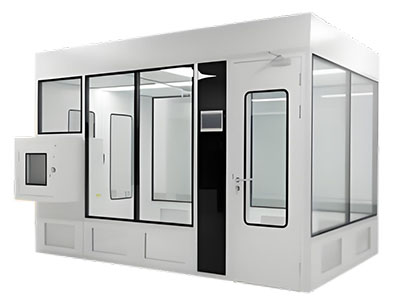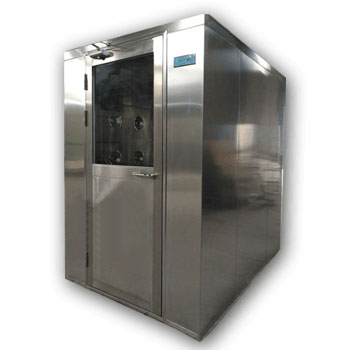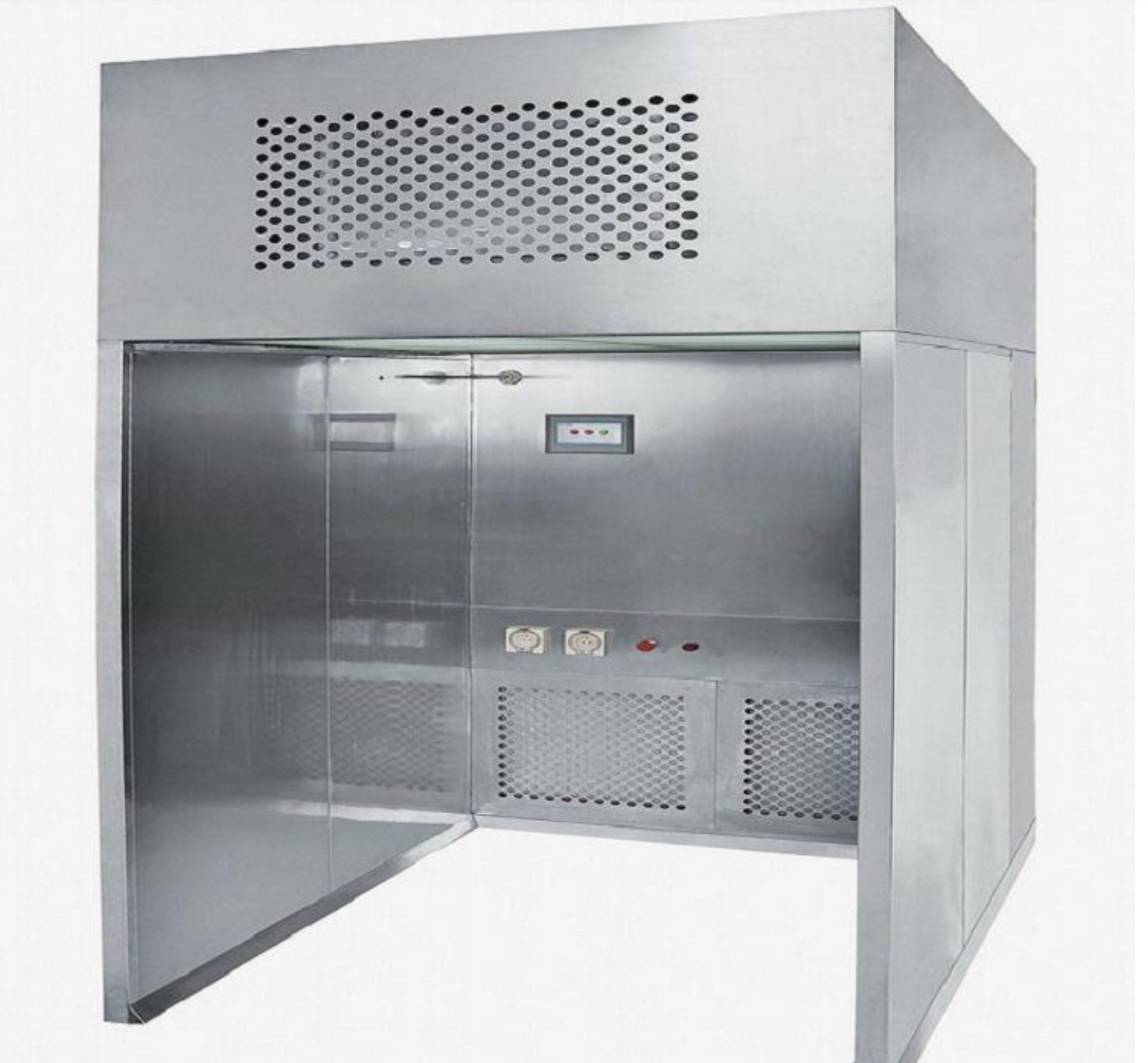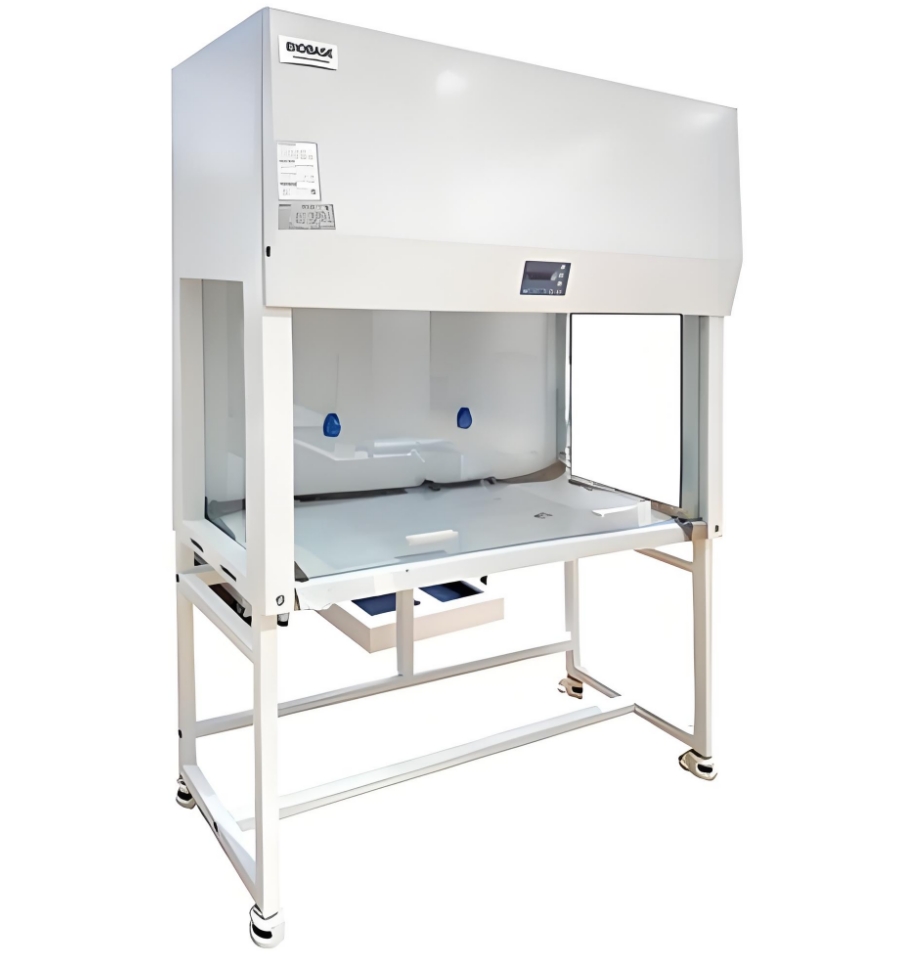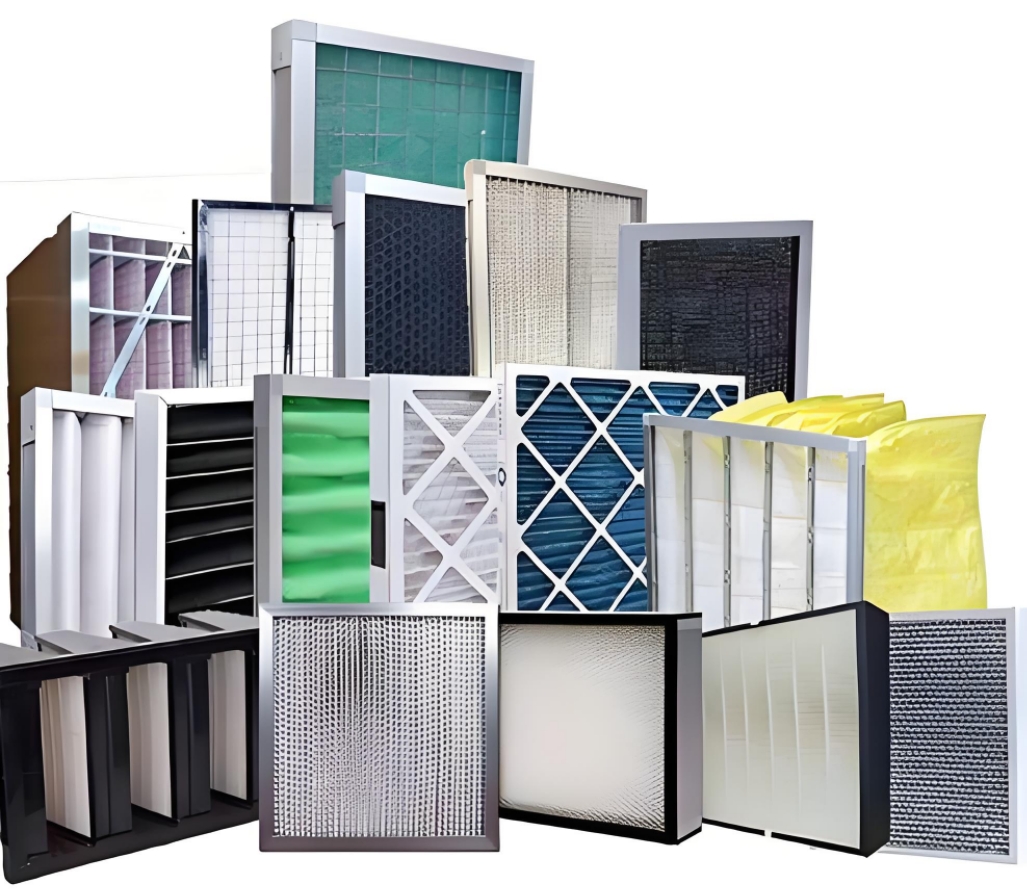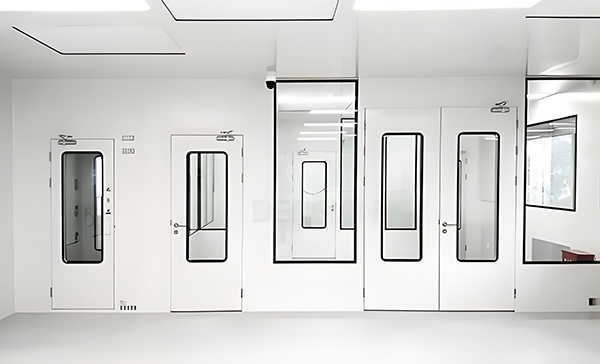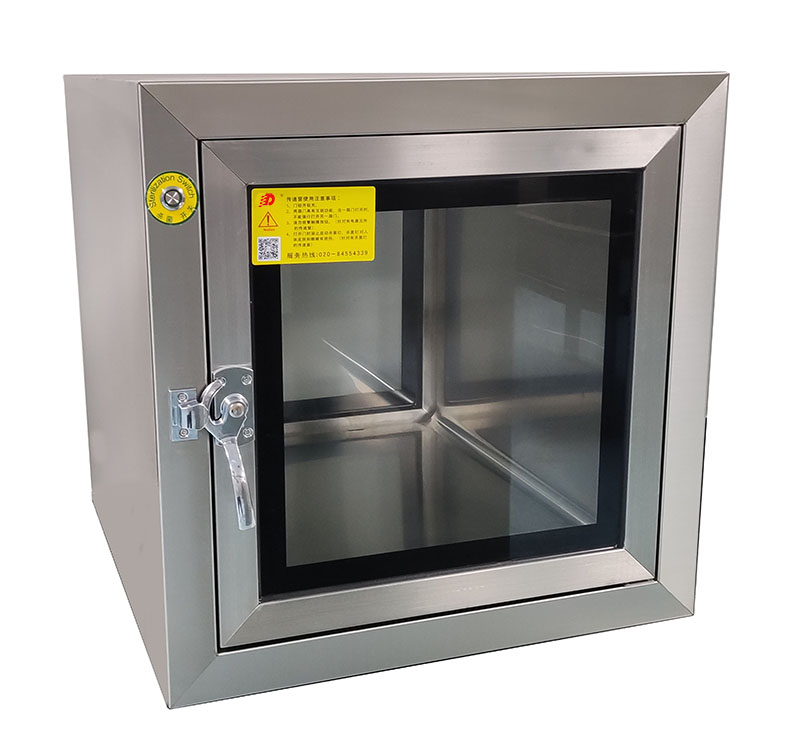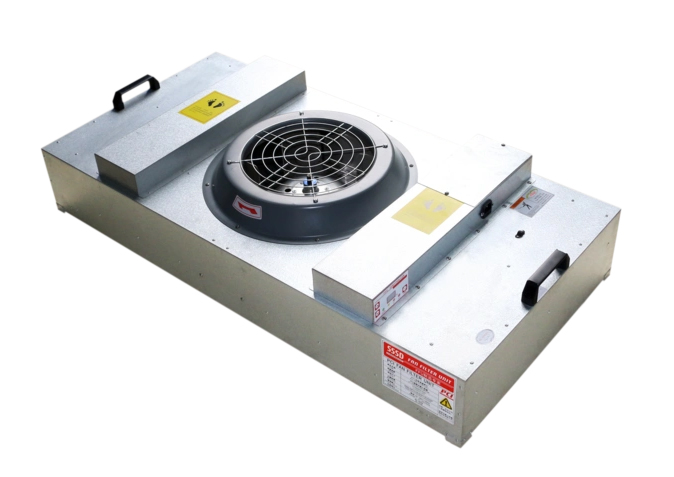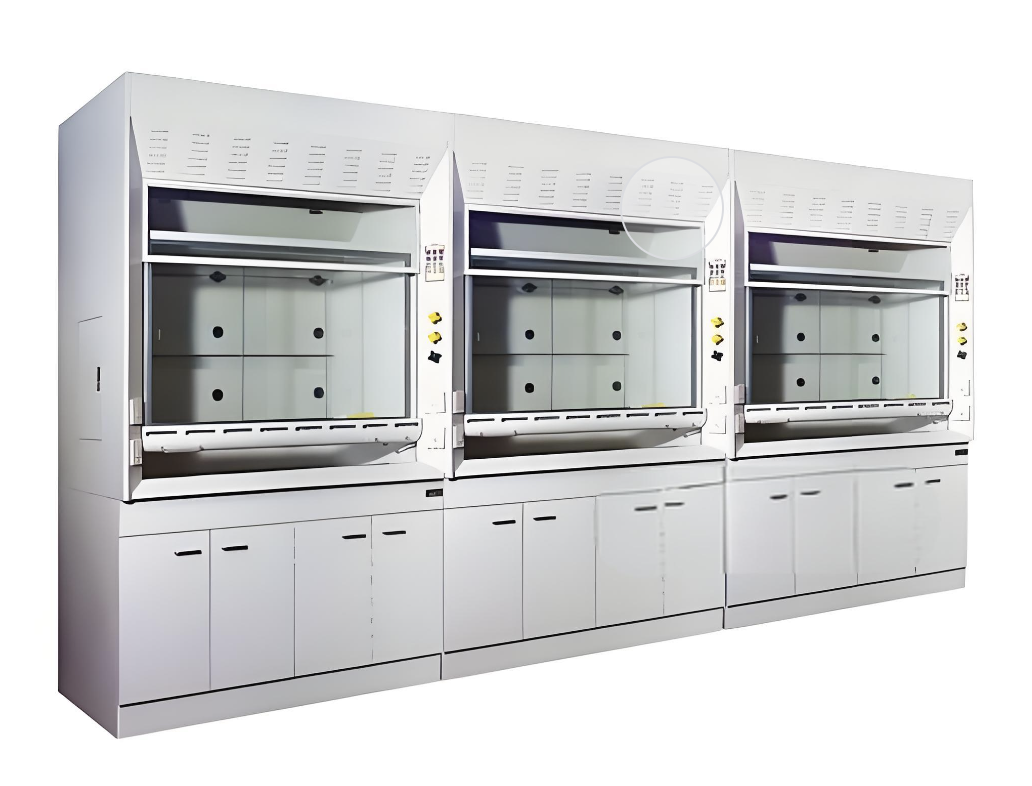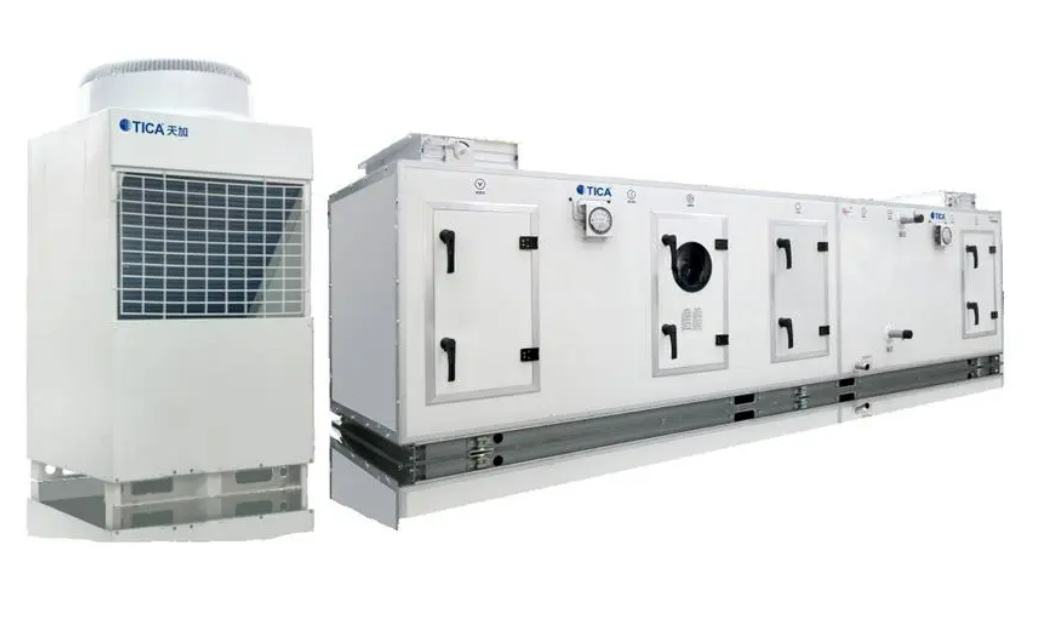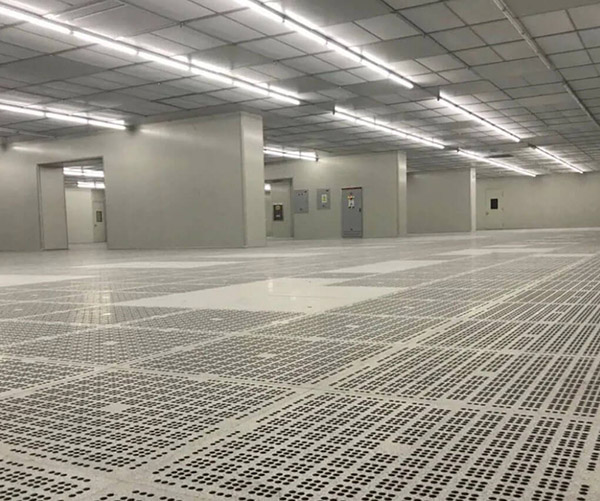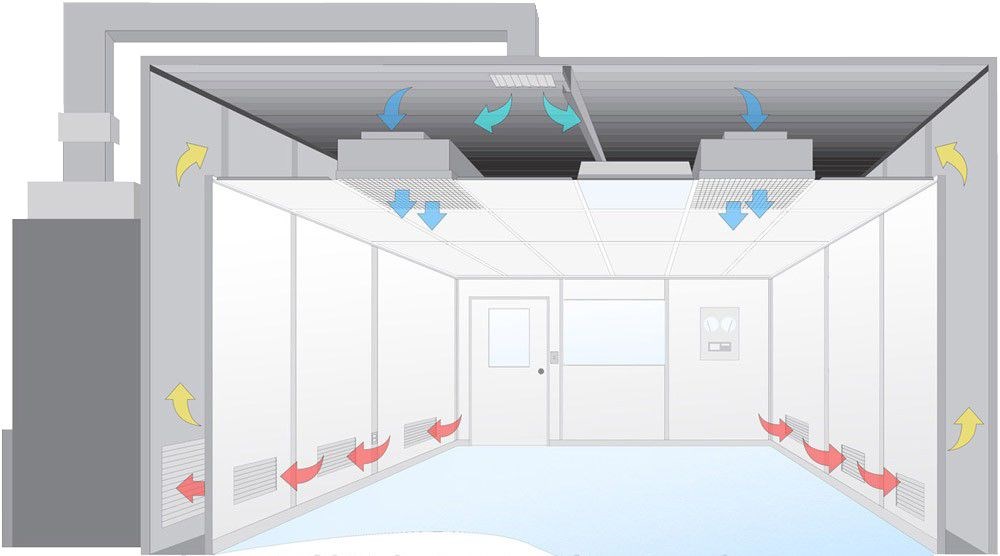Cleanroom monitoring and Compliance
Insights by Deiiang™ and product designer Deiiang Jason.peng
Cleanrooms are critical environments designed to maintain low levels of particulates and surface contamination. To achieve their full potential, regular monitoring and adherence to strict standards are necessary. This article outlines key practices in monitoring cleanroom parameters, ensuring compliance with regulations and optimal performance.
Airborne Particle Counting
Airborne particle counting is fundamental for CleanRoom Validation. Particle counters measure the concentration of airborne particles, confirming compliance with ISO 14644 standards. Regular checks ensure facilities maintain necessary cleanliness levels, critical for preventing contamination in pharmaceuticals, biotechnology, and Semiconductor manufacturing.
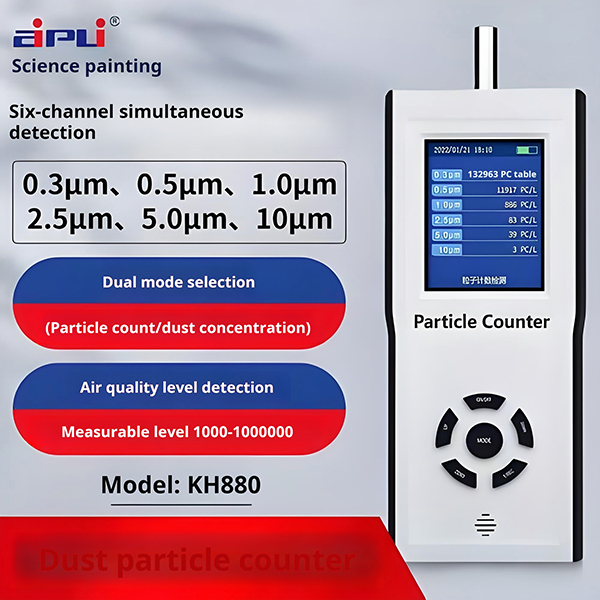
Differential Pressure Gauges
Maintaining correct pressure differentials between cleanroom zones prevents contamination ingress. Gauges monitor pressure levels to align with design specifications, securing directional airflow and reducing risk of contaminants entering cleaner zones. Regular calibration ensures operation within parameters.
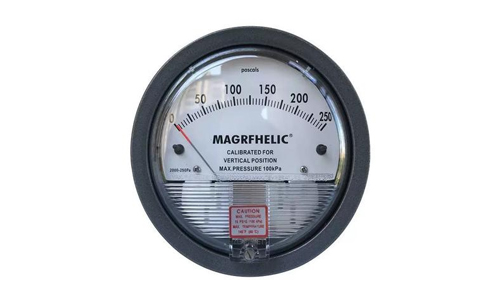
Temperature and Humidity Sensors
Regulating temperature and humidity is critical for sensitive processes. Sensors continuously monitor these parameters to maintain stability, reducing static discharge, preventing material degradation, and ensuring safety.
| Parameter | Optimal Range | Key Benefits |
|---|---|---|
| Temperature | 20-22°C | Reduces static discharge; stabilizes processes |
| Humidity | 30-60% | Prevents material degradation; ensures safety |
Airflow Patterns
Airflow assessment maintains cleanroom efficiency. Proper direction and velocity (especially in laminar flow hoods) ensure effective particle sweeping, containing contaminants away from critical processing areas.
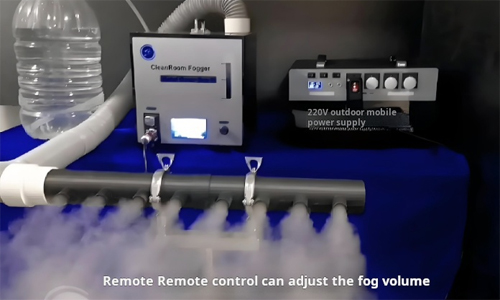
Illumination and Noise Testing
Illumination Testing
Adequate lighting supports detailed visual tasks (inspection, assembly). Proper levels reduce errors, enhancing safety and efficiency.
Noise Testing
Controlling noise protects workers from auditory harm and minimizes distractions, supporting concentration in precision processes.
Floor Conductivity Testing
Crucial for Electronics cleanrooms to prevent static build-up. Tests evaluate flooring materials' ability to dissipate static charges, protecting equipment and products from electrostatic discharge (ESD). Regular testing ensures long-term conductivity.
Filter Performance
Evaluating HEPA/ULPA filters ensures effective particle capture. Testing includes measuring airflow and particle efficacy, conducted by qualified professionals.
- Ensures peak efficiency of air filtration systems
- Prevents particle build-up that compromises environment
- Regular checks maintain consistent air quality
Microbial Monitoring
Detects and quantifies microbial contamination, ensuring product safety. Methods include:
- Air sampling for airborne microbes
- Surface swabbing to check for surface contamination
- Settle plates for comprehensive microbial assessment
Pre-Testing Preparation
HVAC System Operation for 48 Hours
HVAC systems run continuously for ≥48 hours to stabilize the environment, ensuring accurate reflection of air quality and system performance.
Indoor Pressure Testing
Pressure gauges measure differentials between cleanroom and adjacent areas, ensuring alignment with design specs to prevent contamination ingress.
Filter Leakage Testing
HEPA/ULPA Filter Testing
Regular checks ensure filters remain intact and maintain particle capture efficiency.
Test Equipment
Aerosol generators and photometers introduce and measure particle concentrations across filter surfaces.
Testing Steps
- Introduce challenge aerosol upstream of the filter
- Measure particle penetration downstream
- Conduct thorough inspections using scan methods
- Seal detected breaches promptly to restore functionality
Conclusion: Ensuring Cleanroom Excellence
Through rigorous monitoring of parameters, facilities maintain exceptional clean environments, ensuring compliance and operational success. Deiiang™, with Jason.peng's expertise, provides innovative solutions for precise cleanroom management.
Common Questions and Solutions
Q: What frequency is recommended for HEPA filter testing?
A: Regular testing (e.g., semi-annually) ensures filter integrity and functionality, maintaining Cleanroom standards.
Q: How can I minimize static electricity risks in my cleanroom?
A: Regular floor conductivity tests and using anti-static materials/equipment help dissipate static charges effectively.
 +86 18186671616
+86 18186671616 Jason@cleanroomequips.com
Jason@cleanroomequips.com
 MENU
MENU

